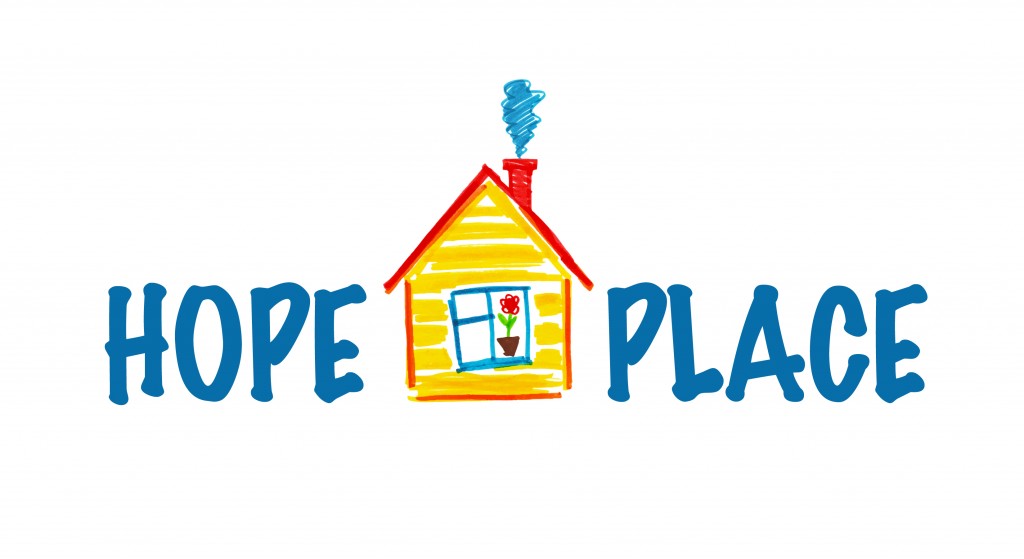
As the Florida Chamber Foundation Summit on Prosperity and Economic Opportunity continued Wednesday, backers of the Hope Place homeless shelter detailed their fight for bringing the project online.
Earlier presentations Wednesday focused on big-picture efforts of the summit, such as the need to feed impoverished residents across the state.
In contrast, the Hope Place panel went in depth on how a single project came to fruition and the ways it served the local community in Volusia County.
“What this was all about was getting past the platitudes and getting to the actual, practical reality,” said Jim Dinneen, a former Volusia County Manager who pushed hard for the project.
Dinneen was joined by Anne Evans and Buck James of Halifax Urban Ministries. That organization has worked on homeless issues in Volusia County for nearly 40 years and backed the project.
“We were pushing somebody’s buttons just about every week to get something done,” Evans said. “But it worked.”
Hope Place was set up after taking over Hurst Elementary School, which had been out of operation for more than a decade. Dinneen said the complex was used sparingly by the school board, but was largely being wasted.
The panel argued that several things were necessary in order to get the school board, surrounding community and other interested parties on board for a plan to create such a shelter.
“We knew nobody was going to buy into it unless we had a very solid plan of operation,” Evans said.
“So Halifax Urban Ministries gathered as many professionals as we could find around the table and we came up with that draft operational plan.”
Dinneen added that a series of promises were made to ensure those in the area that the shelter would not be a burden on the community.
“We would put in a library. We would make these buildings look good. We would provide landscaping around them. We promised that we would all those things and it would be a well-managed project.”
Hope Place now targets families and youth that are homeless, aiming to give them shelter for set times to help them get back on their feet.
The project broke ground in Jan. 2017, began construction in April 2017, and became fully operational in May 2018.
James said that the vast majority of individuals who have come through the program have been able to find permanent housing.
Evans added that since the group followed up on its goals, the community has approved of the help they’ve been able to offer to those in need.
“The neighborhood has really bought into us now.”



